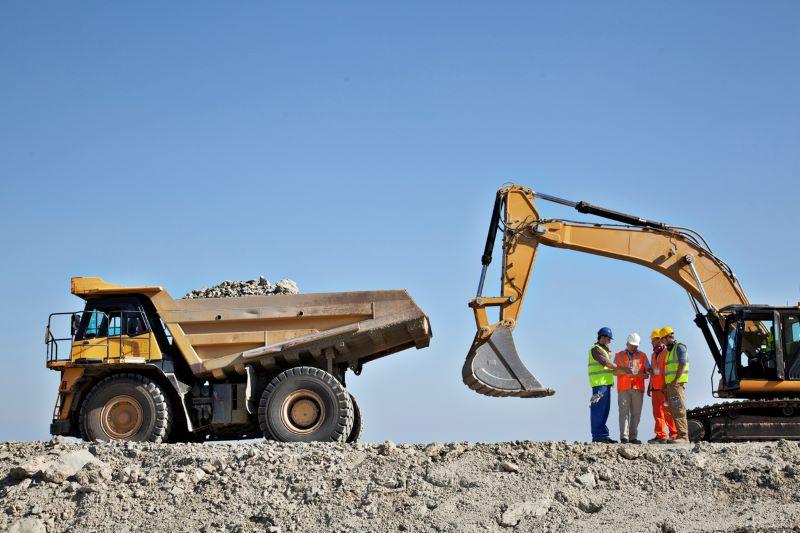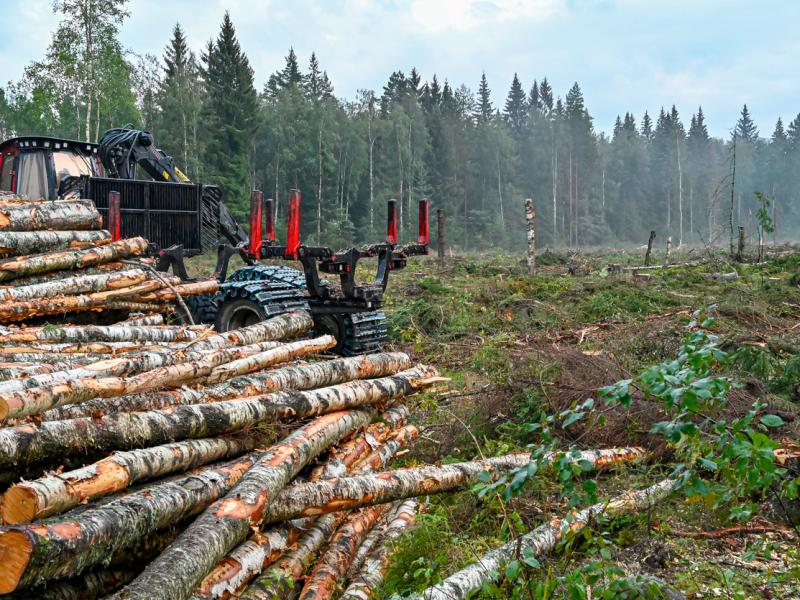Both Straterra and the Aggregate & Quarry Association have spoken in support of the recently announced draft critical minerals list.
The release of the draft critical minerals list cements the valuable role of mining in New Zealand, says Straterra chief executive, Josie Vidal.
"Included on the list are minerals that, in addition to the minerals we already mine, will be used around the world to build technology, and support a clean energy transition," Vidal says.
"Mining some of them in New Zealand will create jobs, boost the economy, contribute to security of supply, and increase export revenue.
"The work being done by the Government to map out minerals, classify which are critical, and develop a strategy to encourage growth and investment in mining is a big step forward for industry and the Government.
"This sends positive signals to investors and our trading partners that New Zealand has a role in the global supply chain for the minerals used to make batteries, magnets, semiconductors, many of the components of clean energy, and of course to support advances in technology, health, food production and transport, to name just a few examples.
The nation’s quarries say to include what they produce in a draft list of minerals critical for the New Zealand economy recognises that nothing happens without them.
Aggregate & Quarry Association (AQA) CEO Wayne Scott says while many other nations import quarry materials, that’s not a viable option for this country.
“Aggregate, rock and sand get expensive when transported long distances. We have them in abundance here but face barriers to locate and extract them. Being confirmed as a critical mineral will help us supply what Kiwis need to build their homes and roads.”
The draft Critical Minerals List was released today by Resources Minister Shane Jones. It includes 35 minerals defined as economically important to New Zealand and whose supply is at risk or can be constrained by factors such as regulations and social licence.
Wayne Scott says it can take years and millions of dollars to get a quarry consented.
“As an industry we can take heart that the Government is starting to put quarrying front and centre of its regulatory reforms including this draft Critical Minerals list.”
Announcing it, Minister Jones first cited aggregate as an enabling mineral whose restricted supply would bring serious economic implications.
Wayne Scott says it’s appropriate that aggregate is front and centre of the Minister’s announcement as the largest volume of minerals extracted in New Zealand come from quarries.
“To put it into context, quarries provide every Kiwi each day an average of one kilogramme an hour of aggregate, rock and sand – that’s how critical we are.”
Once finalised, the Critical Minerals List will allow the Government to investigate specific actions for securing better access to the minerals deemed critical.
Wayne Scott says the quarry sector has made clear it is not seeking any reduction at all in environmental requirements. “We just need clearer, faster and more consistent regulatory and consenting processes.”
Consultation on the draft Critical Minerals List closes on 10 October.






